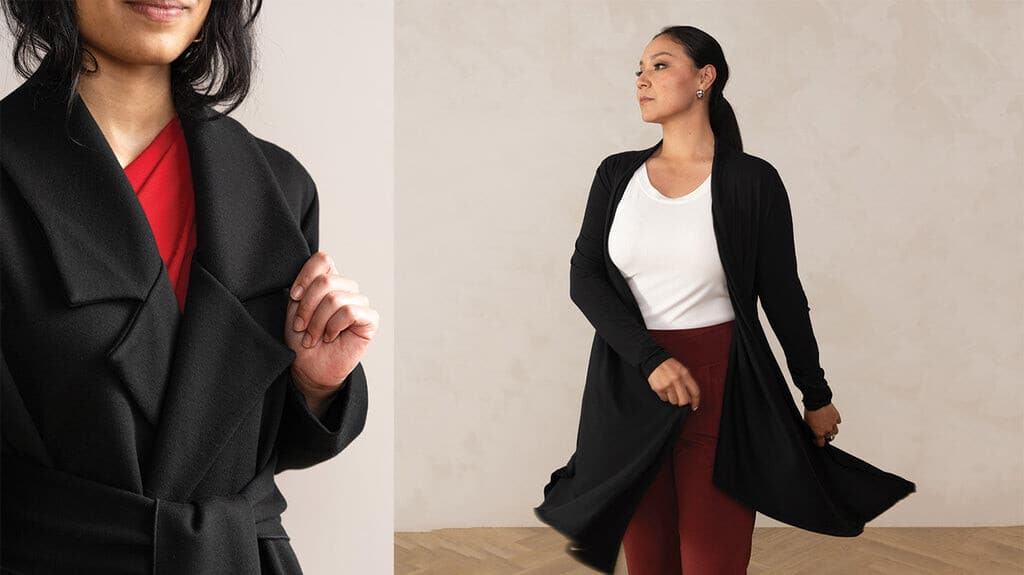As seasons change, so does our wardrobe. However, the transition between seasons can often leave us puzzled about our clothing choices. Mastering the art of layering is not just a fashion statement but a practical approach to navigating these changes effortlessly.
This article will guide you through understanding and applying effective layering techniques that ensure both style and comfort during transitional weather. The art of layering explained Layering involves wearing multiple articles of clothing on top of each other in a way that is both functional and aesthetically pleasing. The key is to start with a lightweight base layer, add an insulating middle layer, and finish with a protective outer layer.

This technique allows for adjustments throughout the day as temperatures fluctuate, ensuring comfort without compromising on style. Choosing the right fabrics For your base layer, opt for breathable, moisture-wicking fabrics such as cotton, merino wool, or synthetic blends to effectively keep sweat away. Your middle layer should focus on insulation; lightweight wool or fleece are optimal choices.
The outermost layer requires wind and water resistance; a tailored trench coat or structured blazer is ideal for this purpose, ensuring both protection against the elements and style. Layer without bulk To avoid a bulky appearance, focus on layering thin, well-fitting pieces. Begin with snug base layers like turtlenecks or fitted tees, then layer on slightly looser garments.
It's cr.
















